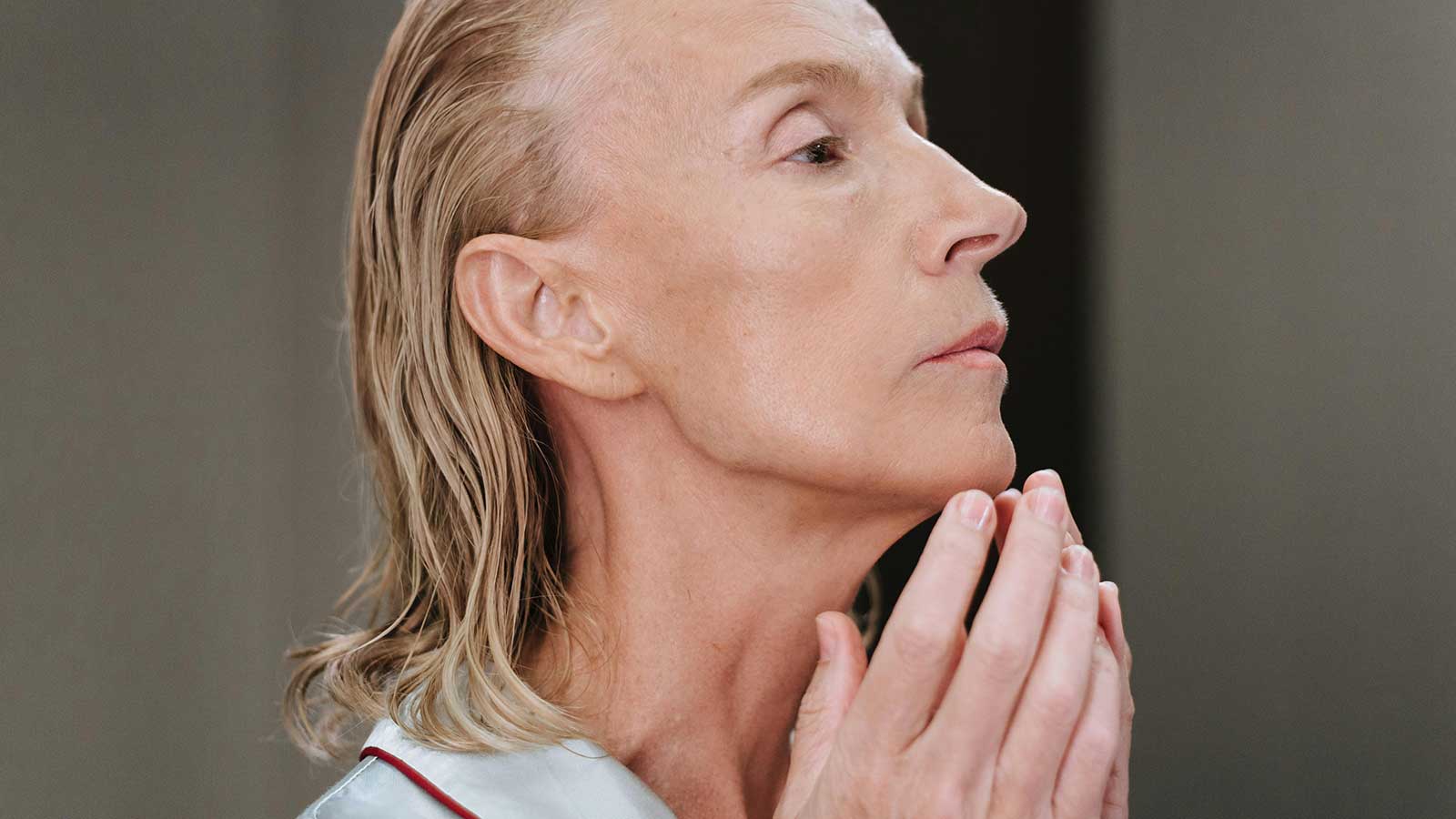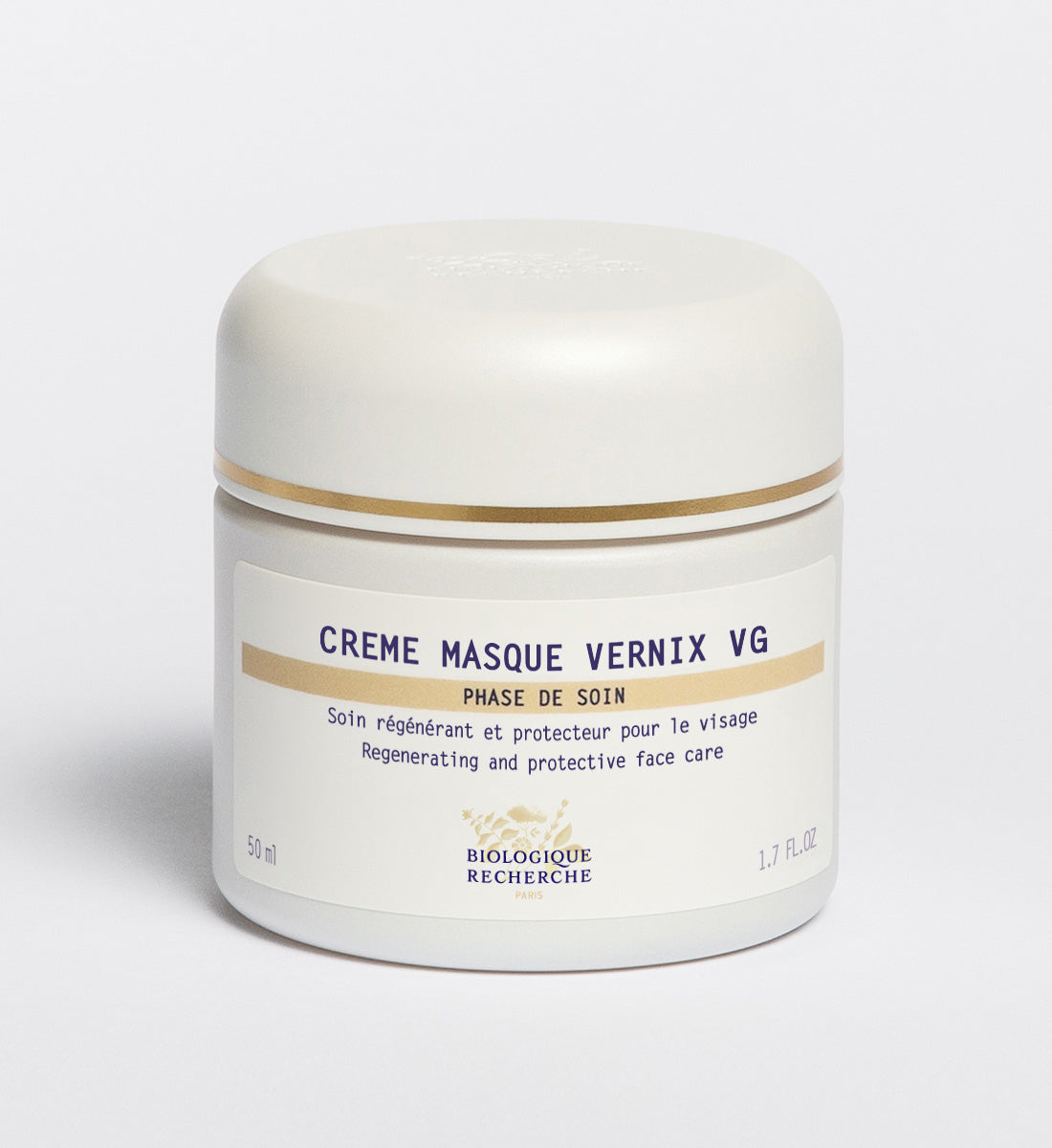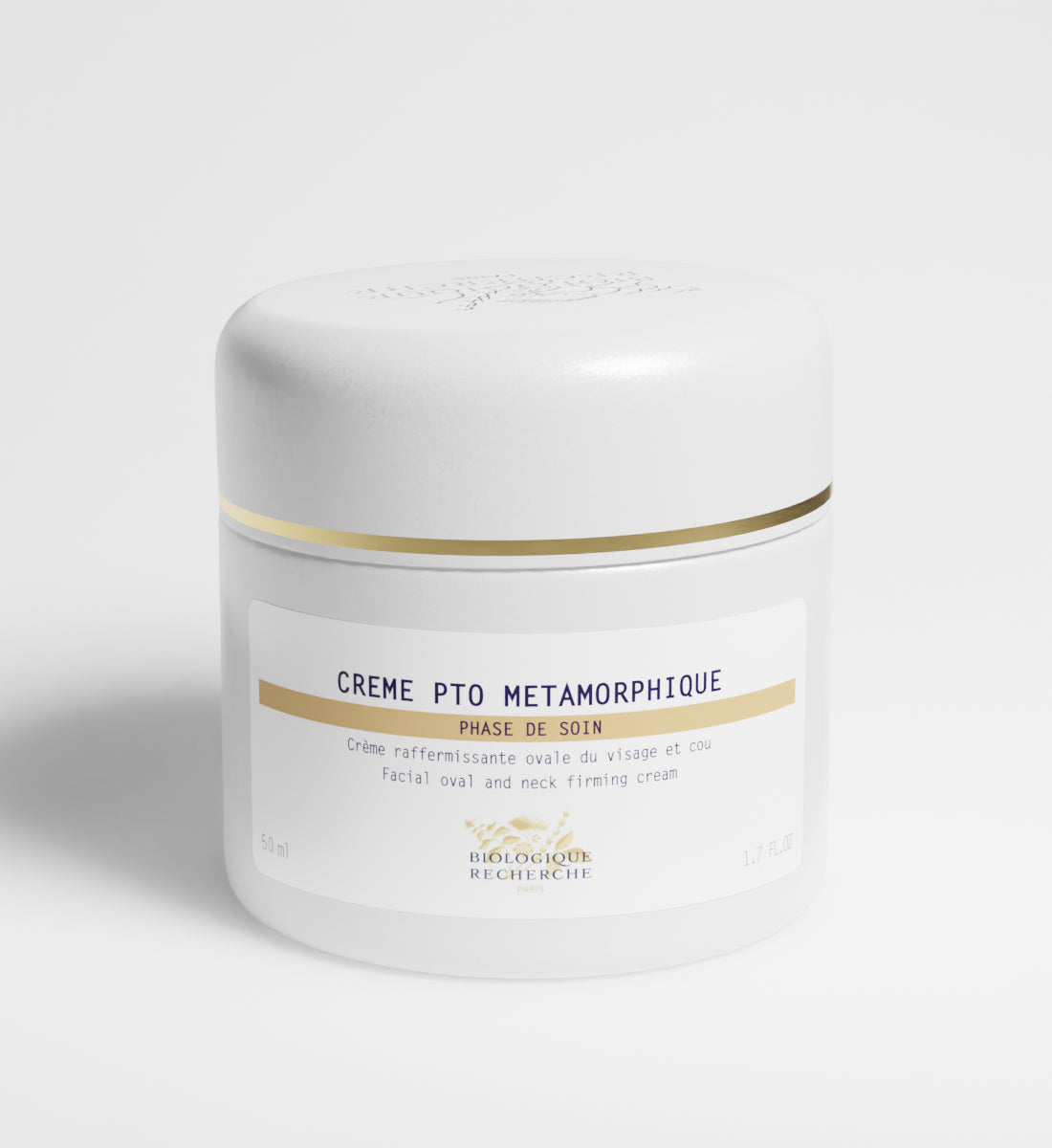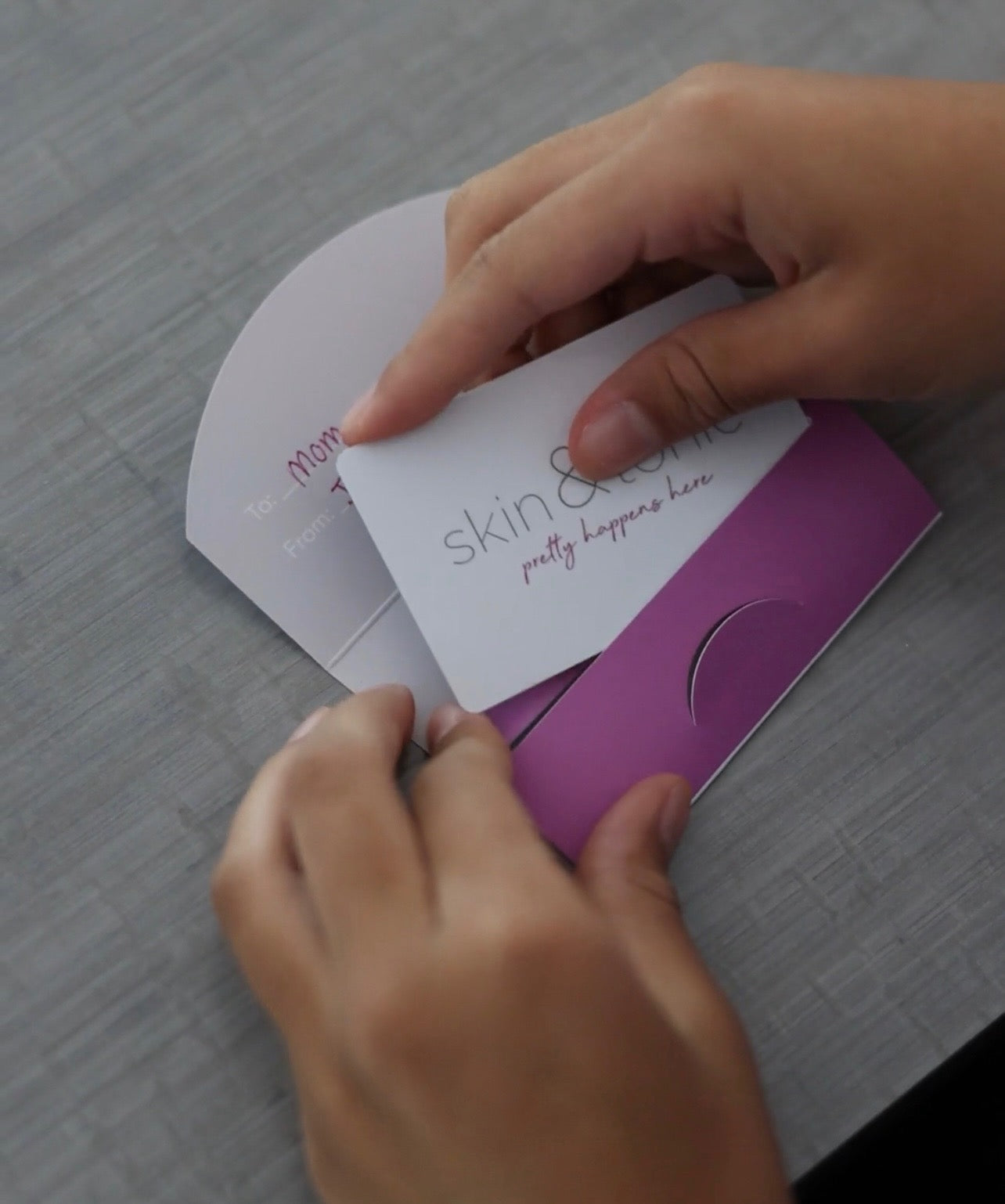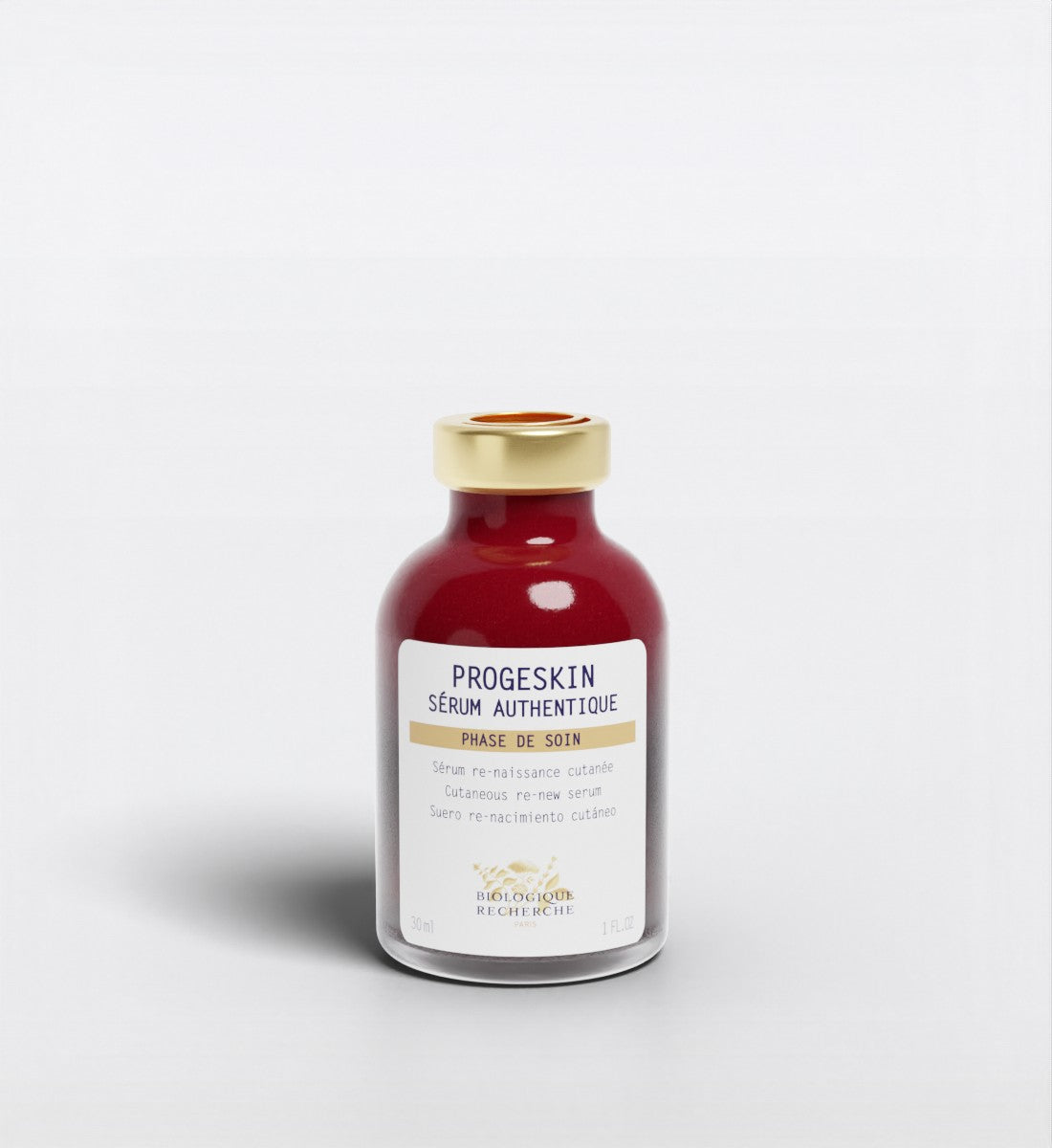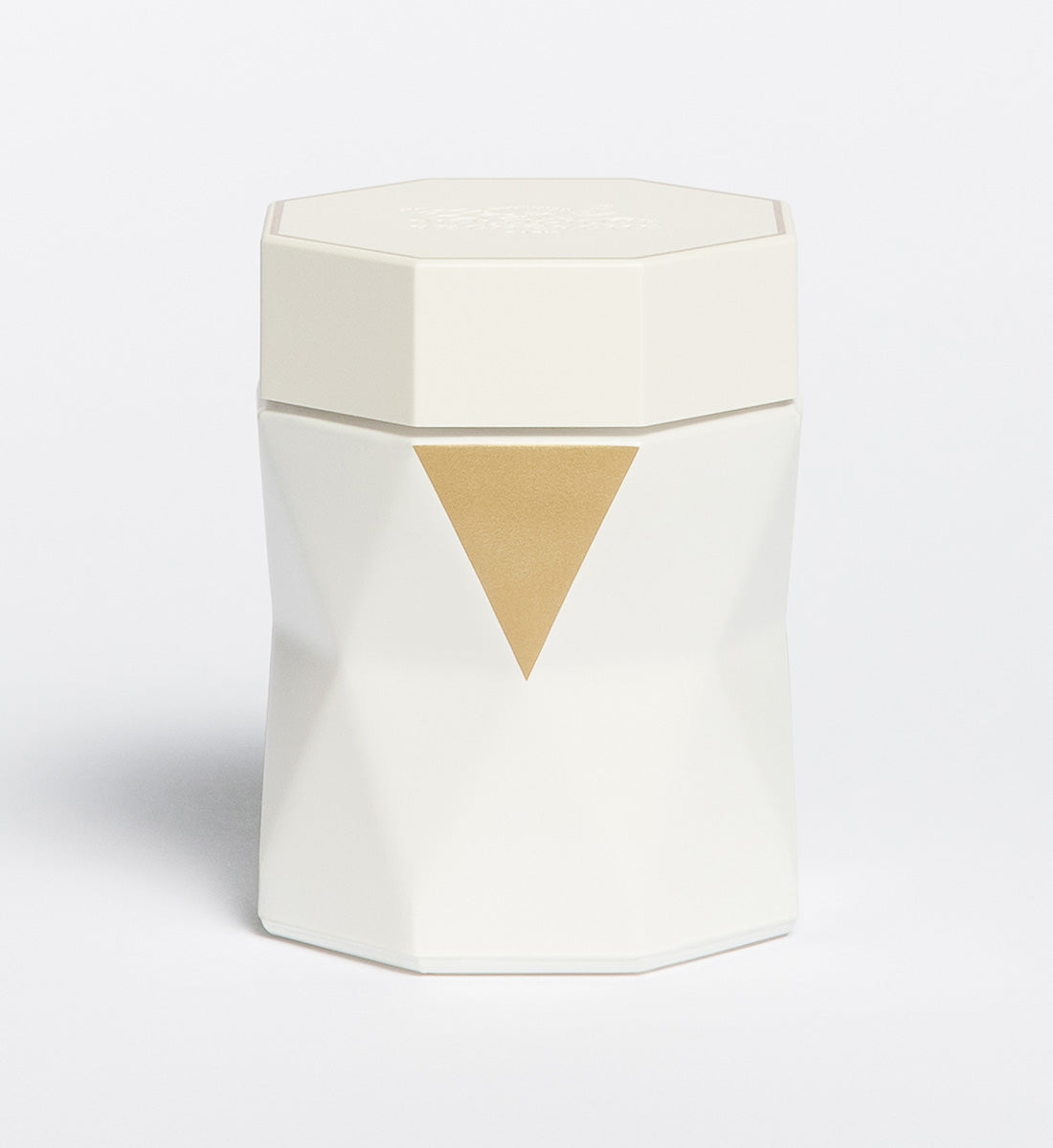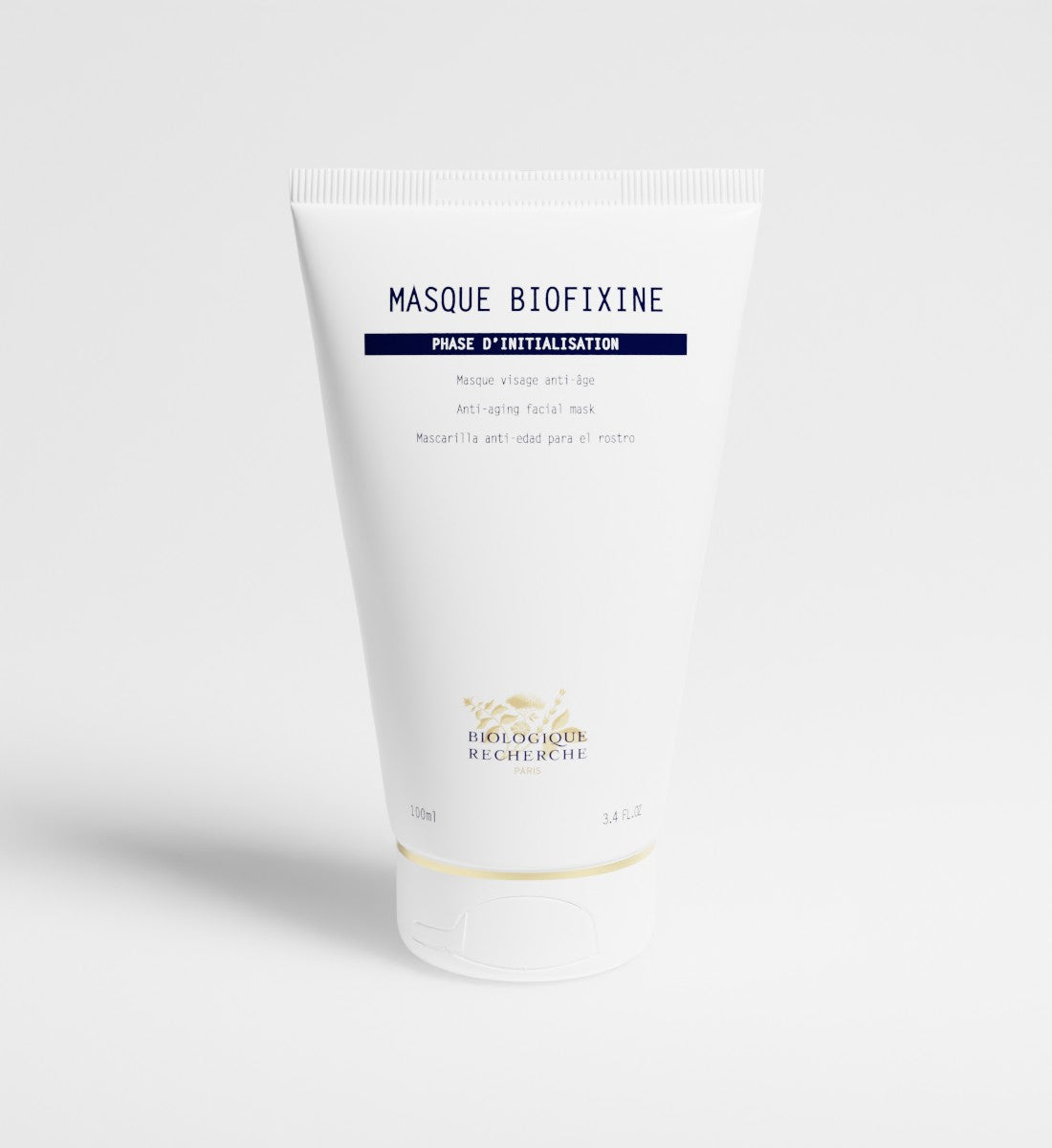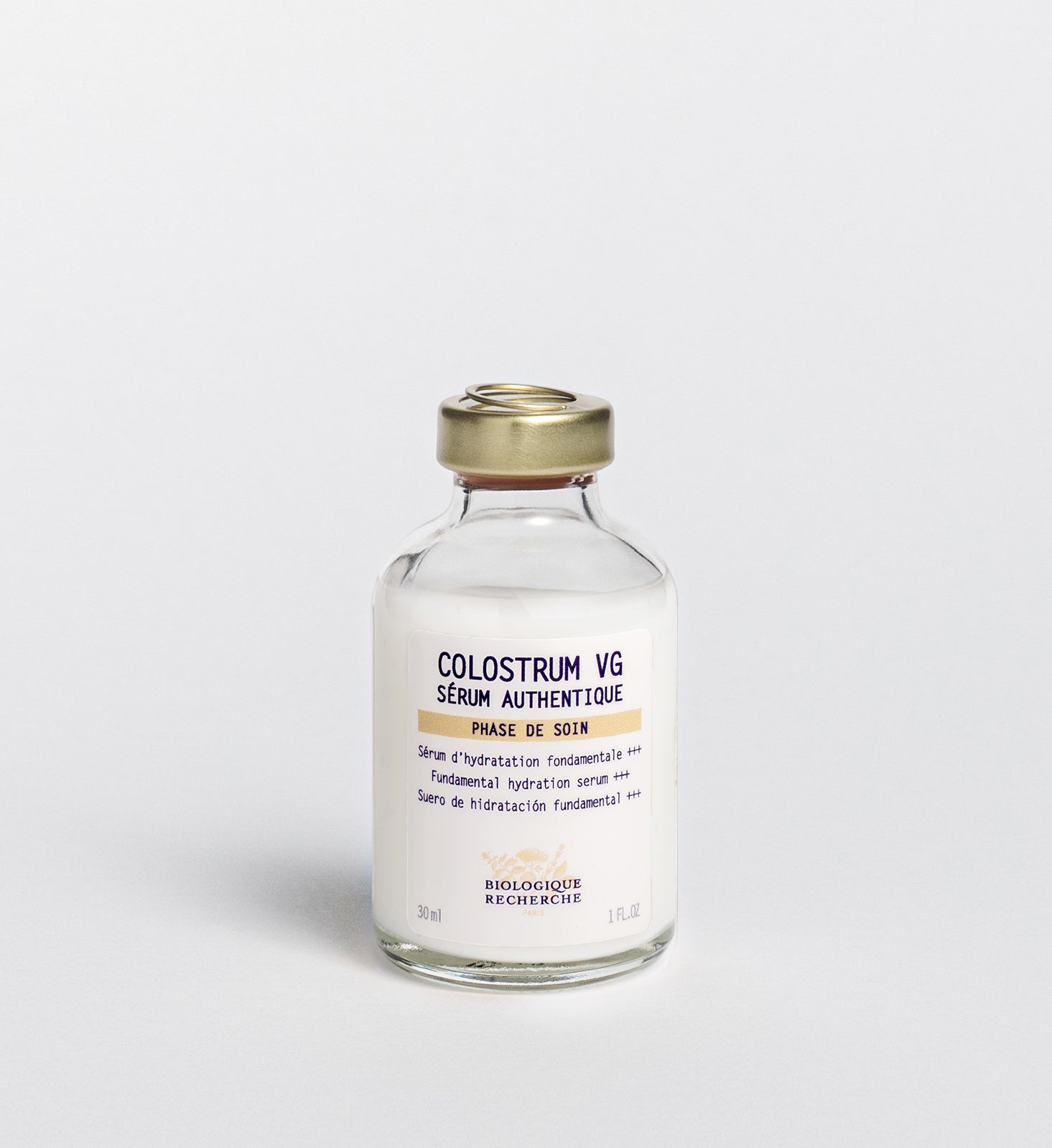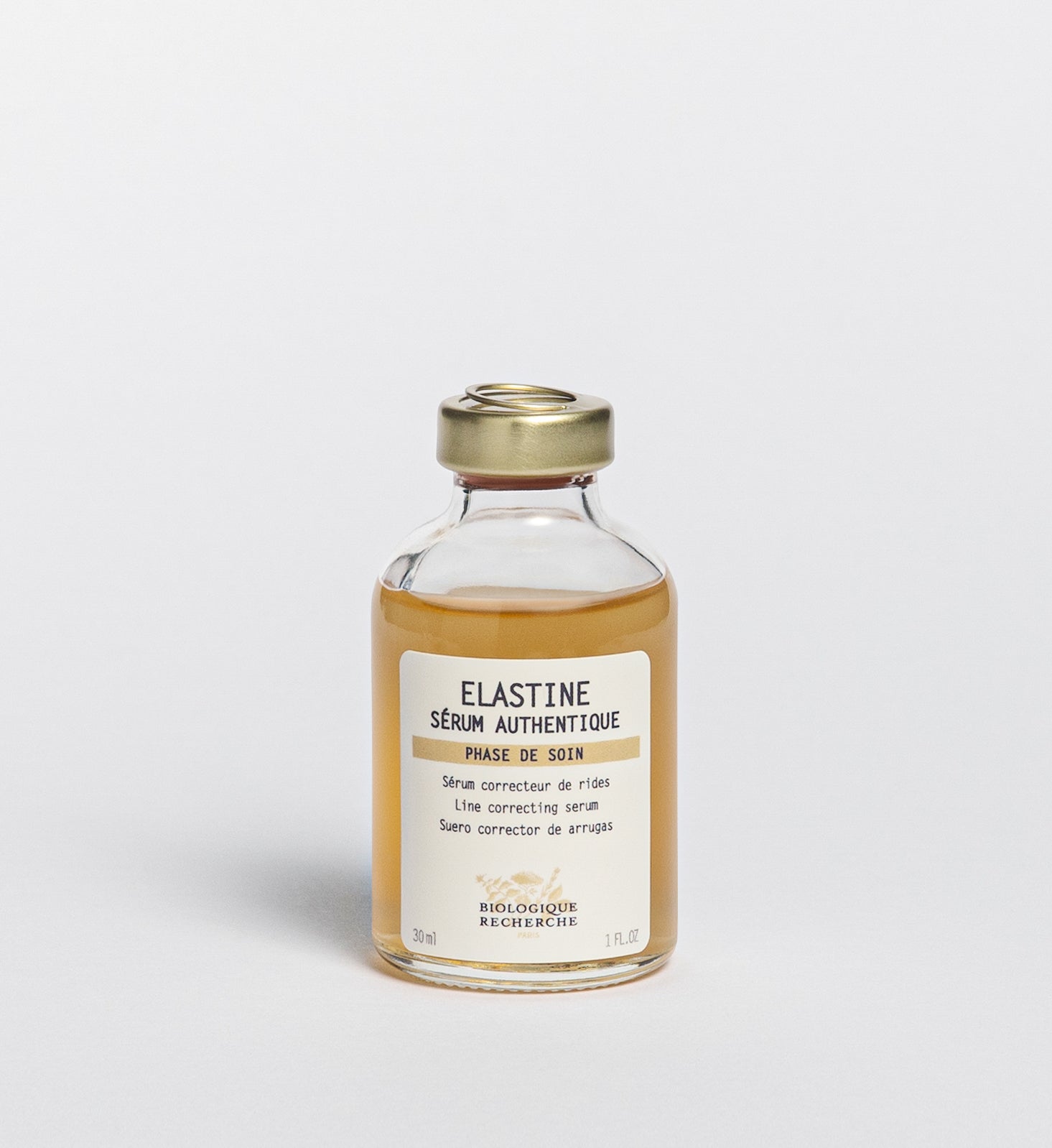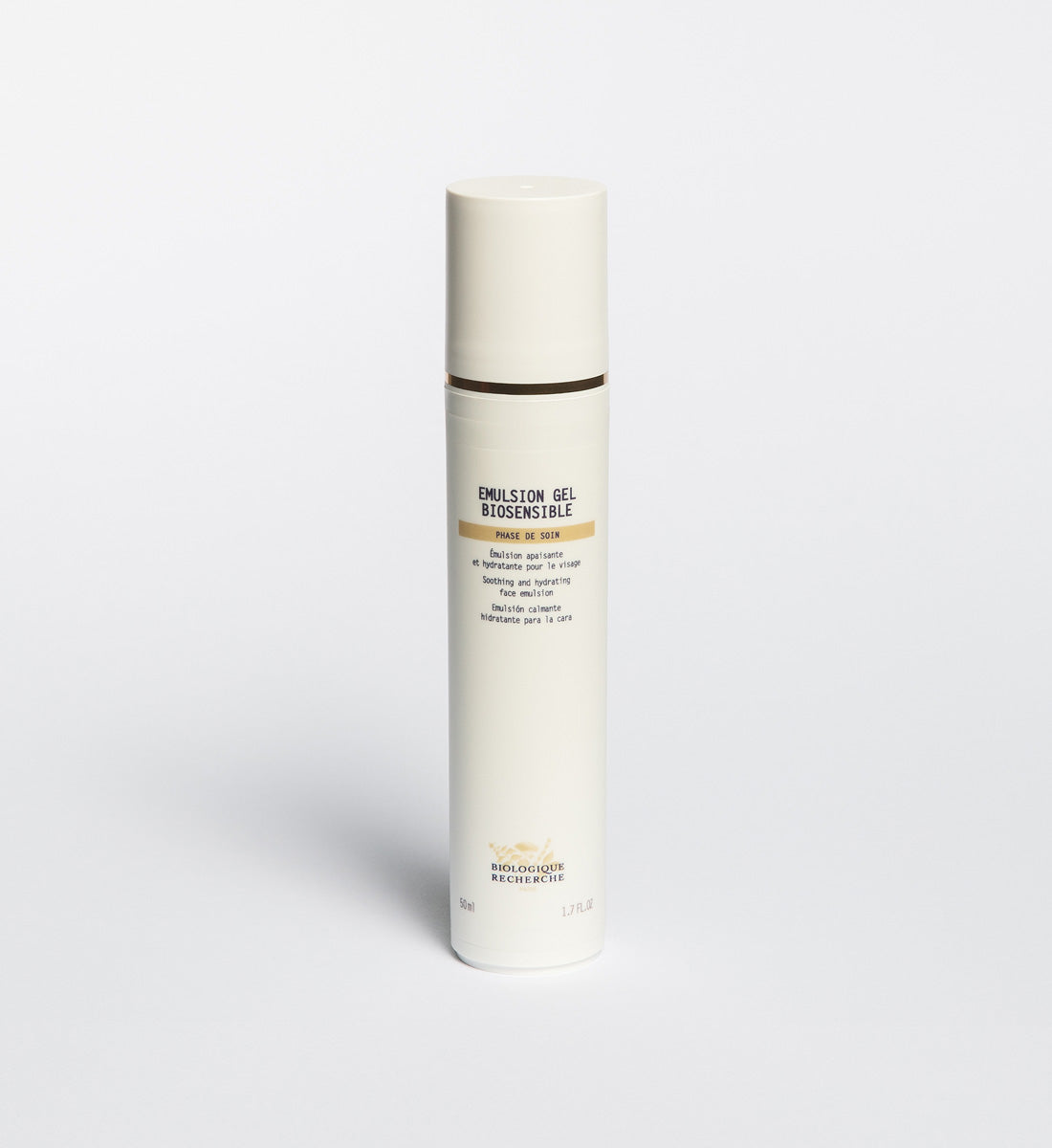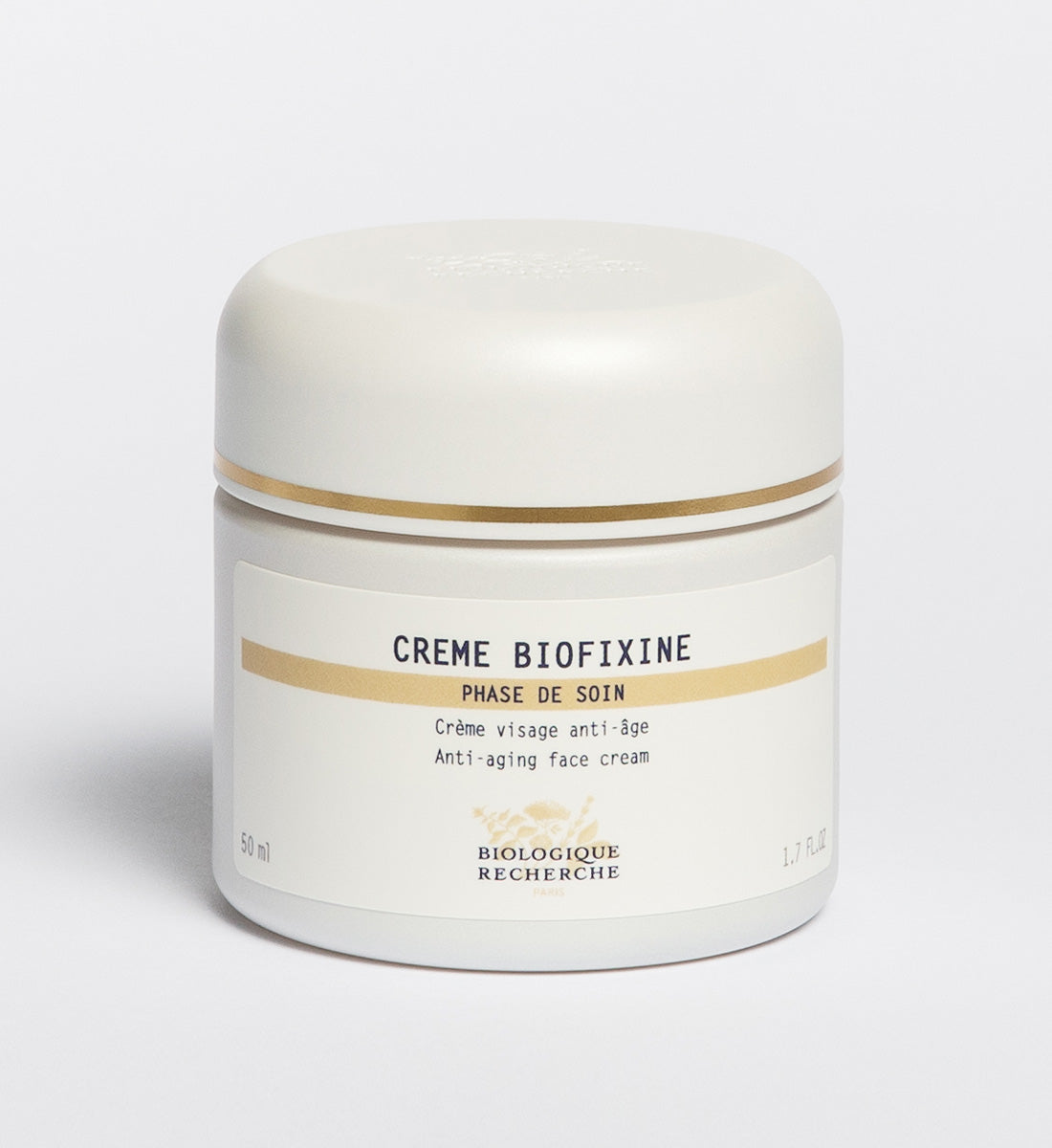As we enter our 50s, our skin undergoes numerous changes that require us to adapt our skincare routines to maintain its health and vitality. One of the most beneficial additions to a skincare regimen is regular facials. But how often should you get them? This blog will explore the ideal frequency of facials for those in their 50s, the types of facials best suited for mature skin, complementary skincare routines, and lifestyle tips to keep your skin looking its best.
Understanding Your Skin in Your 50s
As you reach your 50s, your skin experiences several changes that can impact its overall health and appearance. Understanding these changes is the first step in creating an effective skincare routine that includes regular facials.
Changes in Skin Composition
As we age, our skin's composition changes significantly. In our 50s, these changes become more pronounced and require specific attention.
- Decreased Collagen Production: Collagen is the protein that keeps our skin firm and elastic. As we age, our bodies produce less collagen, leading to sagging skin and the formation of wrinkles. This natural decline means that our skin loses its ability to bounce back as it once did, resulting in a more aged appearance.
- Reduced Skin Elasticity: Alongside decreased collagen, elastin fibers, which provide our skin with its elasticity, also diminish. This reduction makes the skin less resilient and more prone to wrinkles and fine lines. The skin becomes thinner and less able to recover from the daily stresses it faces.
- Increased Dryness and Sensitivity: Hormonal changes, especially the decline in estrogen levels during menopause, can lead to increased dryness. The skin's natural oil production decreases, making it more susceptible to dryness and irritation. Additionally, the skin barrier weakens, leading to greater sensitivity and a higher likelihood of experiencing irritation from products or environmental factors.
Common Skin Concerns
As the skin's composition changes, several common concerns arise that many people in their 50s will notice.
- Fine Lines and Wrinkles: The most obvious signs of aging are fine lines and wrinkles, which become more pronounced in our 50s due to the decrease in collagen and elastin. These lines often appear around the eyes, mouth, and forehead, areas that experience a lot of movement and expressions.
- Age Spots and Hyperpigmentation: Years of sun exposure can lead to the development of age spots, also known as liver spots and other forms of hyperpigmentation. These dark spots result from the skin producing excess melanin in response to UV radiation and can make the skin tone appear uneven.
- Loss of Firmness: Reduced collagen production also leads to a loss of firmness in the skin. Areas such as the cheeks, jawline, and neck can begin to sag, resulting in a less defined facial contour. This loss of firmness contributes to an overall aged appearance.
Recommended Frequency of Facials in Your 50s
The frequency of facials is important to ensure your skin receives the care it needs without being over-stimulated.
General Guidelines
Determining how often to get facials can depend on various factors, but there are some general guidelines to consider.
- Monthly Facials for Maintenance: For most people in their 50s, getting a facial once a month is a good baseline. This frequency aligns with the skin's natural cell turnover cycle, which slows down with age. Regular monthly facials help to keep the skin clear, hydrated, and vibrant, ensuring that it receives consistent care and attention.
- Bi-Weekly Facials for Specific Concerns: If you have particular skin concerns, such as severe dryness, hyperpigmentation, or acne, you might benefit from more frequent facials. In such cases, bi-weekly facials can provide intensive care and quicker results. This approach allows for targeted treatments that address specific issues more effectively.
Factors Influencing Frequency
While general guidelines are helpful, several factors can influence how often you should get facials.
- Skin Type and Condition: Your skin type (dry, oily, combination) and its current condition play a significant role in determining the ideal frequency of facials. For instance, dry or sensitive skin may benefit from more hydrating and soothing treatments, whereas oily or acne-prone skin might require deep cleansing and exfoliation.
- Lifestyle and Environmental Factors: Your lifestyle and environment can also impact your skin and its needs. Factors such as exposure to pollution, UV radiation, stress levels, and even diet can influence how often you should get facials. People who spend a lot of time outdoors or in polluted areas may need more frequent treatments to combat environmental damage.
Types of Facials Suitable for Your 50s
Different facials address various skin concerns. Knowing which types are best suited for your age can enhance the benefits you receive.
Collagen Facials
Collagen facials of Skin&Tonic are essential for combating the dryness and sensitivity that often come with aging skin. This particular treatment features the BIOLOGIQUE RECHERCHE Collagen Feerie mask, which utilizes Marine Collagen to plump, refine, and tighten the pores while deeply moisturizing the skin. The Marine Collagen works to provide an immediate plumping effect, making the skin appear more youthful and vibrant.
The treatment includes a fruit acid peel, which aids in retexturing and smoothing the skin. This gentle exfoliation removes dead skin cells, allowing better penetration of the hydrating and collagen-boosting products. The facial is designed to deliver a significant dose of hydration, making it ideal for those with dry, dehydrated, and mature skin.
As an added benefit, the treatment comes with a second dosage of the mask for an additional at-home treatment, extending the facial’s benefits. Ingredients like hyaluronic acid, glycerin, and ceramides are commonly used in conjunction with the collagen mask to lock in moisture and strengthen the skin barrier. This combination not only enhances hydration but also helps to improve overall skin texture, leaving the skin feeling supple and revitalized.
Brightening Facials
If hyperpigmentation is a major concern for you, brightening facials can be a game-changer. These facials are specifically designed to combat pigmentation issues and even out your skin tone. One of the most effective treatments for this is Skin&Tonic's Dermasweep Exfoliating Treatment. This treatment uses the power of the Dermasweep machine to deeply exfoliate the skin and infuse melanin-inhibiting serums directly into the deeper layers. This helps to significantly reduce the appearance of dark spots and pigmentation.
Following the Dermasweep treatment, the BIOLOGIQUE RECHERCHE PIGM 400 Brightening Pigment Mask is applied. This mask is incredibly effective at brightening the skin and further reducing pigmentation. The combination of these treatments has proven to be highly effective in addressing pigmentation concerns and achieving a more uniform complexion.
Benefits of Regular Facials
Regular facials in your 50s provide numerous benefits that go beyond just improving the appearance of your skin. Here are some advantages of incorporating facials into your skincare routine:
1. Hydration and Moisturization
Regular hydrating facials help to keep the skin moisturized, preventing dryness and flakiness. Hydrated skin appears plumper, smoother, and more radiant. Ingredients such as hyaluronic acid and ceramides are vital for maintaining moisture levels. Hyaluronic acid attracts and retains moisture, while ceramides strengthen the skin barrier, preventing water loss.
2. Collagen Stimulation
Boosting collagen production is essential for maintaining skin firmness and elasticity. Treatments like microdermabrasion facials and LED light therapy stimulate collagen synthesis, helping to firm the skin and reduce wrinkles. These treatments can be particularly beneficial for those experiencing a loss of firmness.
Skin&Tonic microdermabrasion facial uses a nylon bristle tip to exfoliate the skin, promoting new cell growth and collagen production while LED light therapy uses specific wavelengths of light to promote cellular activity and collagen synthesis.
3. Deep Cleansing and Exfoliation
Regular exfoliation helps to remove dead skin cells, which can make the skin appear dull and clog pores. This process reveals fresher, smoother skin underneath.
Deep cleansing facials help to clear out clogged pores, preventing breakouts and reducing the appearance of enlarged pores. These facials often include steam, extractions, and the use of purifying masks.
Complementary Skincare Routine
In addition to regular facials, maintaining a consistent skincare routine is essential for healthy skin in your 50s. Here are some tips for a comprehensive skincare regimen:
- Gentle Cleanser: Use a mild cleanser that effectively removes impurities without stripping your skin of its natural oils. Look for cleansers that are free from harsh sulfates and fragrances.
- Antioxidant Serum: Incorporate targeted serum. Serums are full of active ingredients and antioxidants to protect your skin from free radicals and brighten your complexion. Antioxidants help to neutralize damage caused by environmental factors.
- Rich Moisturizer: Hydrate your skin with a rich moisturizer that contains ingredients like hyaluronic acid and ceramides. These products help to lock in moisture and strengthen the skin barrier.
- Sunscreen with High SPF: Protect your skin from UV damage by using a broad-spectrum sunscreen with a high SPF. Apply it daily, even on cloudy days, to prevent further damage and reduce the risk of skin cancer.
Lifestyle Tips for Healthy Skin
Healthy skin is also influenced by your lifestyle choices. Here are some tips to keep your skin looking its best.
- Stay Hydrated: Drinking enough water is crucial for maintaining hydrated skin. Aim to drink at least eight glasses of water per day.
- Eat a Balanced Diet: Eating a variety of nutrient-rich foods, including fruits and vegetables, can help nourish your skin from the inside out.
- Manage Stress: Chronic stress can affect your skin's appearance by causing inflammation and breakouts. Find ways to manage stress, such as through meditation, exercise, or hobbies.
- Get Enough Sleep: Lack of sleep can contribute to dull, tired-looking skin. Aim for seven to nine hours of quality sleep each night to allow your skin time to repair and rejuvenate itself.
- Avoid Harmful Habits: Smoking, excessive alcohol consumption, and poor diet choices can all negatively impact your skin's health. Try to limit or avoid these habits to maintain healthy skin.
Embrace Ageless Beauty: The Ideal Frequency for Facials in Your 50s
Maintaining healthy, vibrant skin in your 50s requires a combination of regular facials, a consistent skincare routine, and healthy lifestyle choices. Monthly facials tailored to your skin's needs can help address specific concerns and improve overall skin health. Complementing these treatments with proper skincare products and mindful habits will ensure your skin remains radiant and resilient. Remember to listen to your skin and adjust your routine as needed to achieve the best results.


